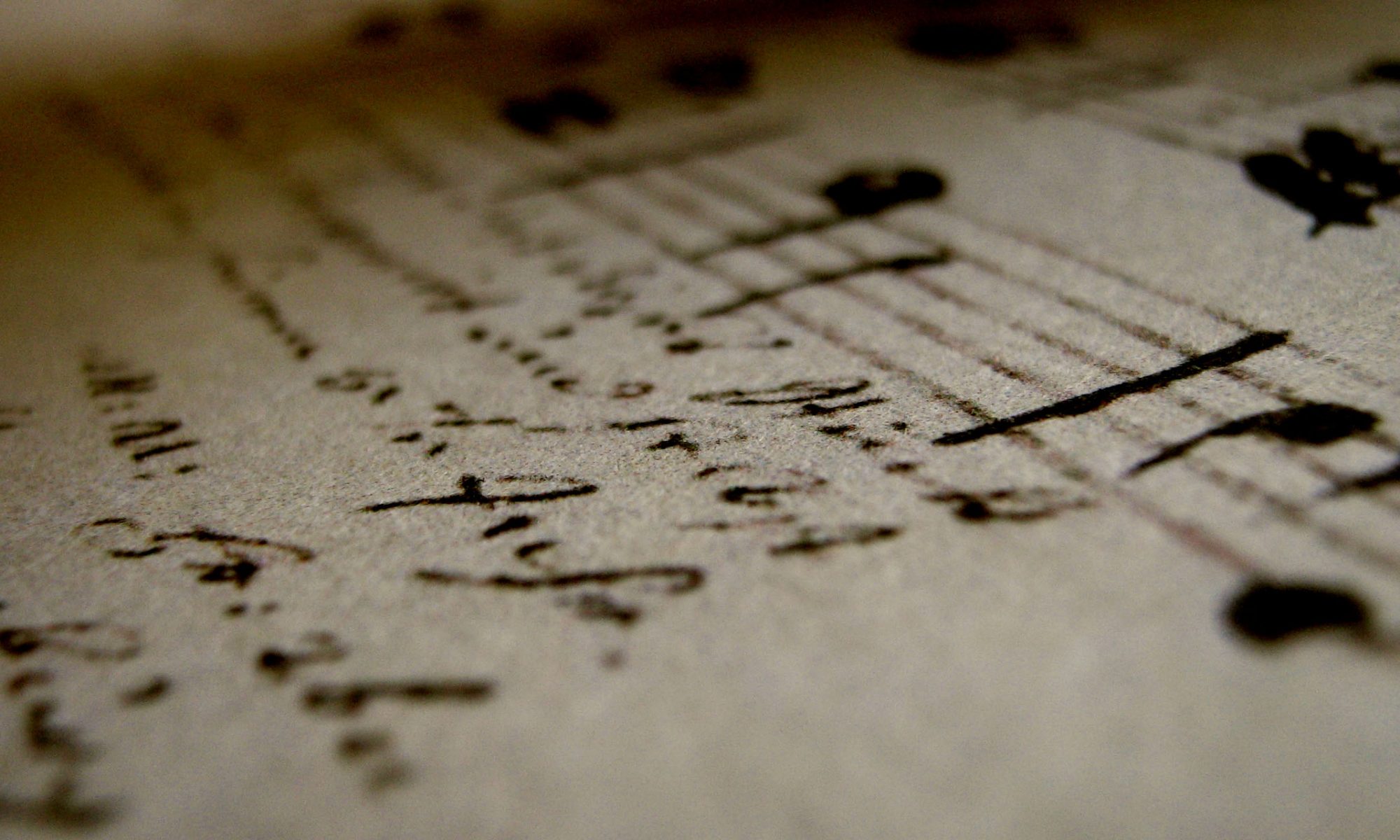 I’m in the process of scoring The White Whale for Slung Low. It’s on in September, 4th-13th. Tickets are free but there aren’t many left… call The Carriageworks Theatre on 0113 2243801 for the last few remaining.
I’m in the process of scoring The White Whale for Slung Low. It’s on in September, 4th-13th. Tickets are free but there aren’t many left… call The Carriageworks Theatre on 0113 2243801 for the last few remaining.
Here follows a series of posts about the useful little things I’ve learned whilst working on Slung Low’s The White Whale. Parts 2 and 3 to come…
Give the subconscious as much time as possible to do the idea-generating heavy lifting. Some time is good. More is better.
Once I’d gotten over that discomforting blank page feeling (it’s so ignored these days that I sometimes think my amygdala has just got the message and given up – I rarely notice it. It’s sort of more like a background hum than outright panic) at the start of the project, Al (director), James (writer) and I sat and chatted about the overall themes and tone of the play. This meeting was much earlier that usual just to fit in with everyone’s (aka my) ridiculous schedules, but what I learned from this is that actually it was rather a good idea.
The longer an idea has to ‘percolate’ in the subconscious, the better/more appropriate/easier it is to write. That time to mull without consciously thinking over it is like magic. I tend to come up with more systematic ideas this way – like how to do something practical, a particular cueing technique or new technological approach, or an overall flavour or tonal quality for the sound, or even something referential (in this case playing around with whale song) – leaving more time to be adventurous and a wee bit braver with the score when it actually comes to writing the beast.
The problem is when the ideas start popping up at the most inopportune times. Having a method of capturing these ideas when they appear is second nature now after years of waking up with notions of a pattern of instrumentation or coming up with a novel method of seamlessly scoring live theatre – whilst in the shower. Notebooks, sticky notes, the backs of envelopes – these have all served me well and in the last few years Evernote has come to the rescue more than once. Going paperless has been this year’s mission but I’ve been avoiding making the leap from a particular traditionally papery product for some time… but no longer. In the next post in this series I’ll talk about taking a music-cued script ‘online’.

